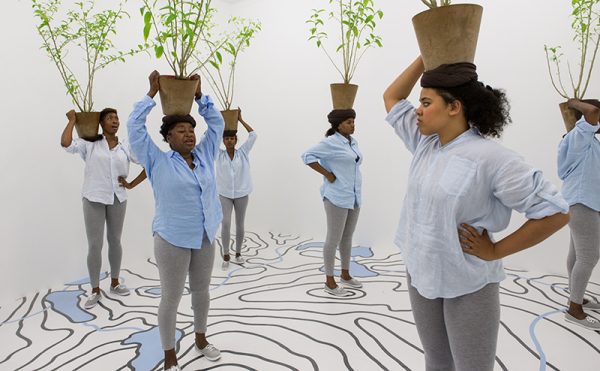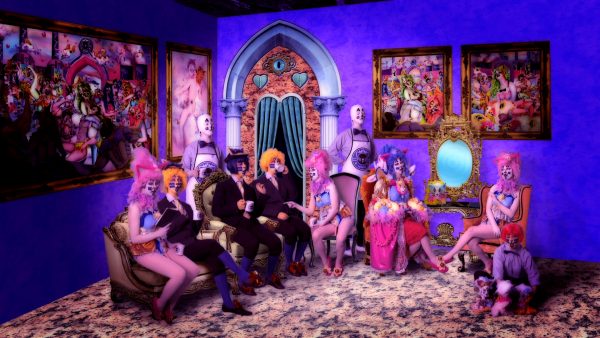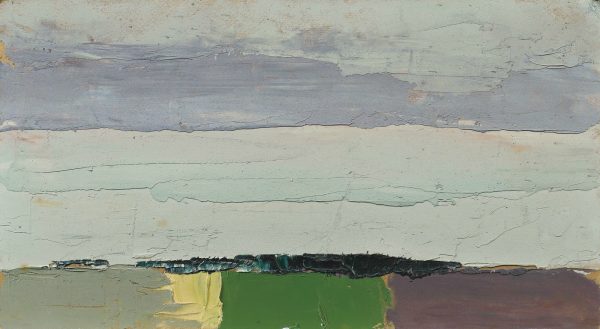This ninth print issue of The White Review is characterised by little more than the continuation of the principles we have set out in our past eight editorials. Which makes for a boring ninth editorial. The disappointment of running out of things to say without repeating ourselves is compensated for by the satisfaction of no longer needing to. We hope that the accumulation of issues means that readers will be familiar with what The White Review stands for, and what it aims to achieve.
Herewith, you will find interviews with: Gustav Metzger, founder of the Auto-Destructive Art and Art strike movements, a veteran activist-artist whose work seems every day more relevant to our contemporary situation; the novelist Vladimir Sorokin, whose literary experiments have inflamed the Russian establishment; and Rebecca Solnit on writing, protest and our need for narratives. The various formal means by which we can satisfy that need are explored in Marcel Dzama’s ‘Chess Review Storyboard’ and Ed Atkins’ ‘Even Pricks’, the textual backbone for the film of the same name that he recently showed at the Lyon Biennial. Its starting place, Ed tells us, ‘was a transcript of the interview with the brother of the guy swallowed by a sinkhole in Florida’. We’re excited to include paintings by Mark Mulroney, who riffs on contemporary attitudes to sex, body and power, and by the great experimental film-maker, artist and poet Jeff Keen.
We also renew our commitment to translation. Enrique Vila-Matas, marooned in Lyon, elaborates a new general theory of the novel, despite leaving theories behind; Francesco Pacifico relays a journalist’s notes towards a profile of a 40-year-old trustfund kid; and we break new ground with Gerður Kristný’s Icelandic poems. Emerging writers are represented by Patrick Langley’s essay in fragments on the edge land of Silvertown; Hunter Braithwaite’s discourse on swimming pools, Miami and Ballard; and an excerpt from Zoe Pilger’s debut novel. Elsewhere is new poetry by Adam Fitzgerald, Matthew Gregory and George Szirtes.
What we must reiterate is that these goals can only be realised with the support of you, the reader, and the artists and writers who contribute to each issue. This is a little magazine that could not survive without the goodwill shown towards it by a community of people who share our faith in the value of art and literature: for the ninth time, thank you.




